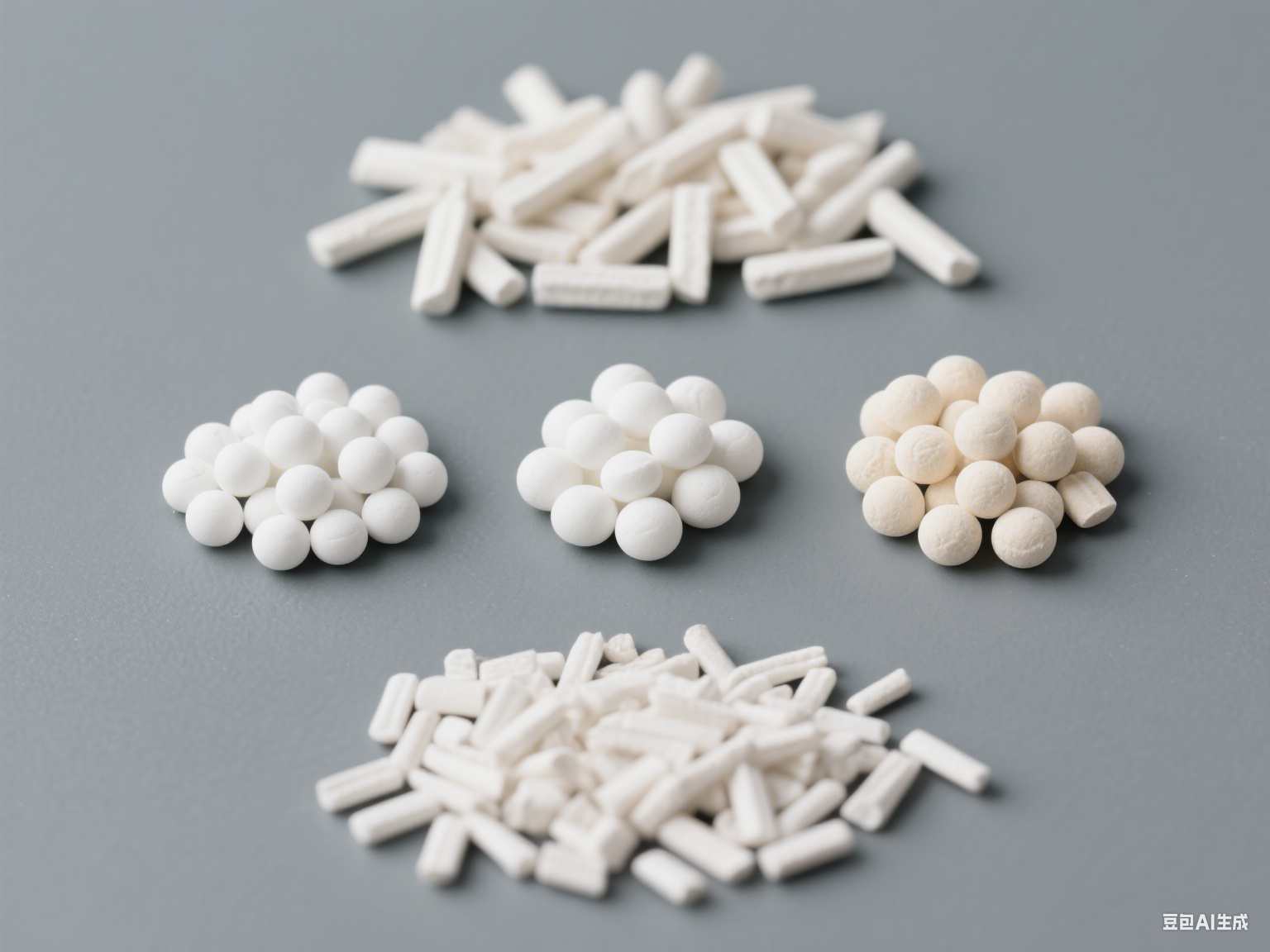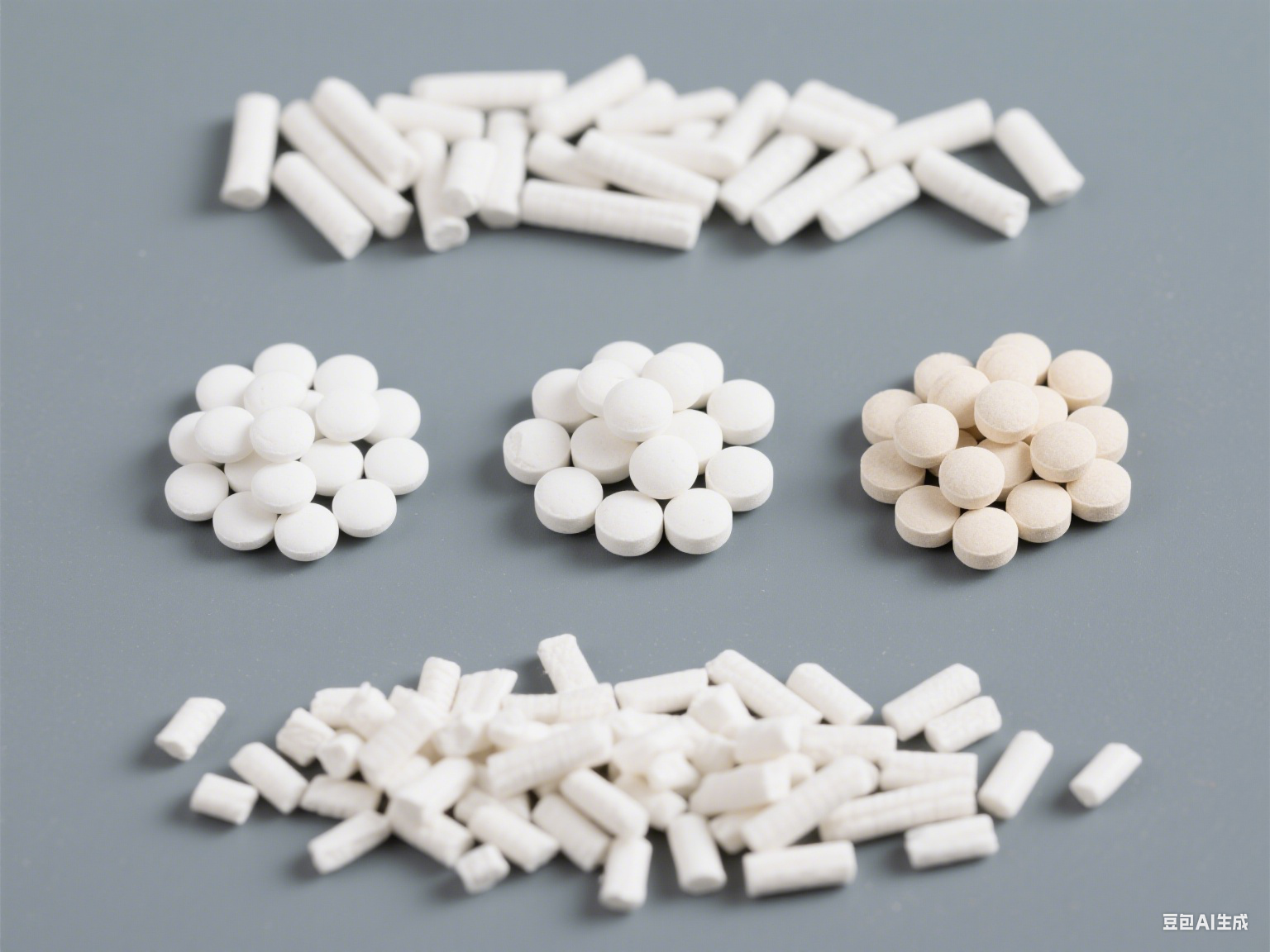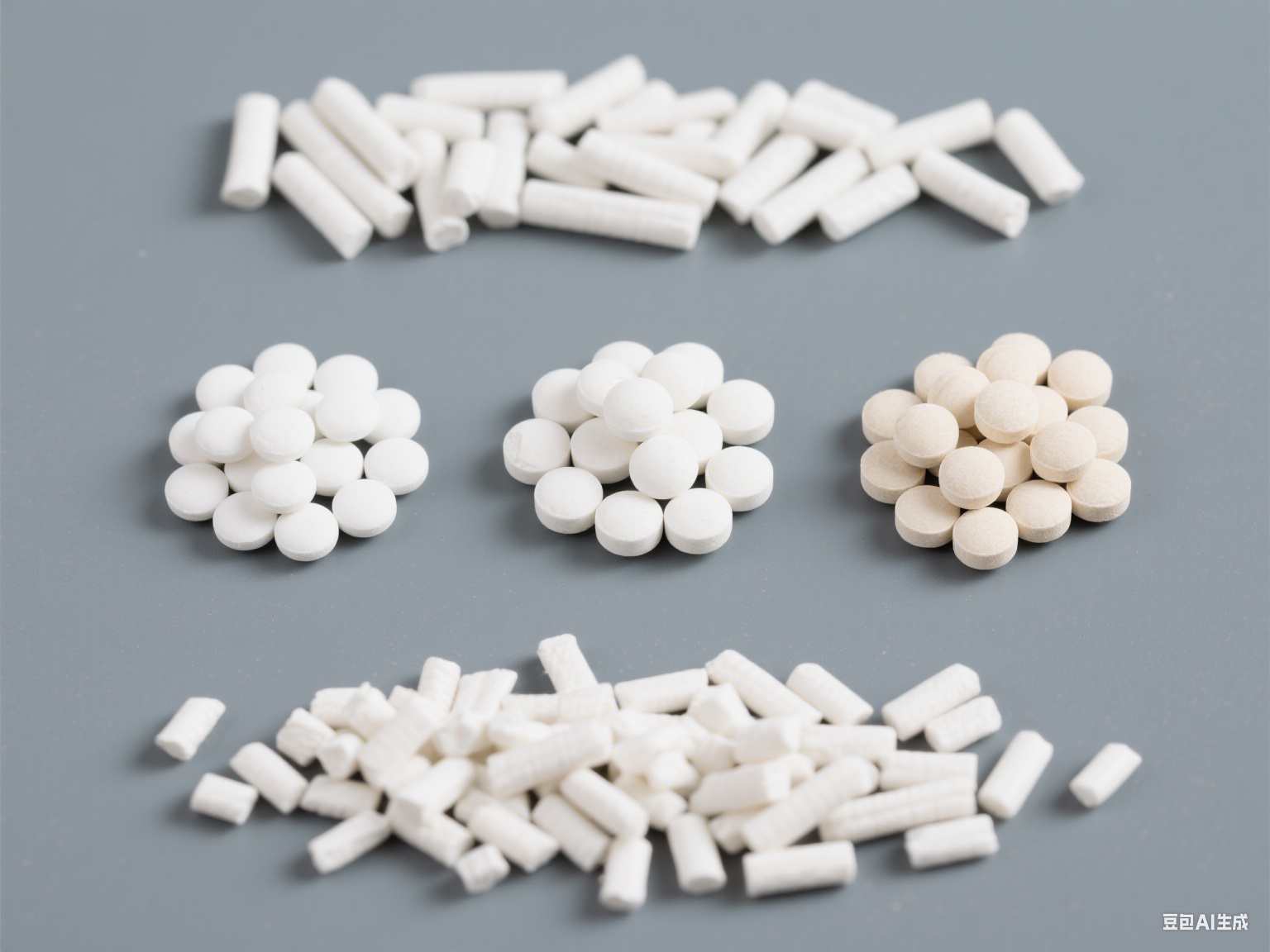Molecular sieves are a remarkable class of materials that have revolutionized various industries by providing efficient solutions for separation and purification processes. These highly porous materials, typically made from zeolites or synthetic compounds, possess uniform pore sizes that allow them to selectively adsorb molecules based on their size and shape. This unique property makes molecular sieves invaluable in applications ranging from gas separation to water purification.

What Are Molecular Sieves?
At their core, molecular sieves are crystalline structures with a network of pores that can trap specific molecules while allowing others to pass through. The most common types of molecular sieves are zeolites, which are naturally occurring minerals, and synthetic variants like silica gel and activated alumina. The pore sizes of these materials can be tailored during the manufacturing process, enabling them to target specific molecules for adsorption.
Applications Across Industries
1. Gas Separation: One of the most significant applications of molecular sieves is in the separation of gases. Industries such as petrochemicals and natural gas processing utilize molecular sieves to remove impurities like water, carbon dioxide, and hydrogen sulfide from gas streams. This purification process enhances the quality of the final product and ensures compliance with environmental regulations.
2. Drying Agents: Molecular sieves are highly effective desiccants, making them ideal for drying applications. They are commonly used in packaging to protect sensitive products from moisture, ensuring that pharmaceuticals, electronics, and food items remain stable and safe during storage and transport.
3. Catalysis: In the field of catalysis, molecular sieves serve as catalysts or catalyst supports. Their high surface area and tunable pore structure allow for increased reaction rates and selectivity in chemical processes, making them essential in the production of fuels, chemicals, and pharmaceuticals.
4. Water Purification: Molecular sieves play a crucial role in water treatment processes. They can effectively remove contaminants such as heavy metals, organic compounds, and even certain pathogens, resulting in cleaner and safer drinking water.

Choosing the Right Molecular Sieve
When selecting a molecular sieve for a specific application, several factors must be considered, including pore size, adsorption capacity, and chemical stability. Common pore sizes include 3A, 4A, and 5A, which correspond to the diameter of the molecules they can adsorb. For instance, a 3A molecular sieve is ideal for adsorbing small molecules like water, while a 5A sieve can capture larger molecules such as hydrocarbons.
The Future of Molecular Sieves
As industries continue to seek more efficient and sustainable solutions, the demand for molecular sieves is expected to grow. Innovations in material science are paving the way for the development of advanced molecular sieves with enhanced properties, such as increased selectivity and improved thermal stability. These advancements will further expand the range of applications for molecular sieves, making them an essential component in the quest for cleaner and more efficient industrial processes.
Conclusion
Molecular sieves are a powerful tool in the arsenal of modern technology, offering unparalleled capabilities in separation, purification, and catalysis. Their versatility and effectiveness make them indispensable across various industries, from petrochemicals to water treatment. As research and development continue to advance, the potential applications for molecular sieves are bound to expand, solidifying their role as a cornerstone of innovation in the 21st century. Whether you are in manufacturing, environmental science, or pharmaceuticals, understanding and utilizing molecular sieves can lead to significant improvements in efficiency and product quality.

Post time: Sep-24-2025

